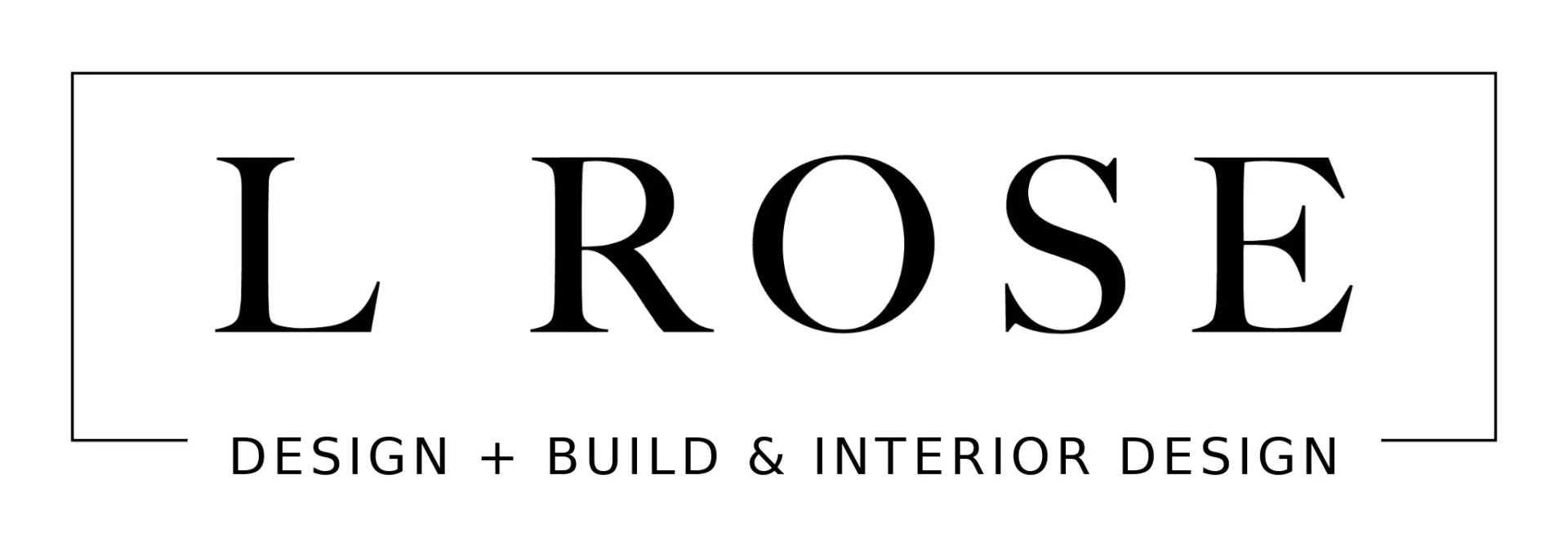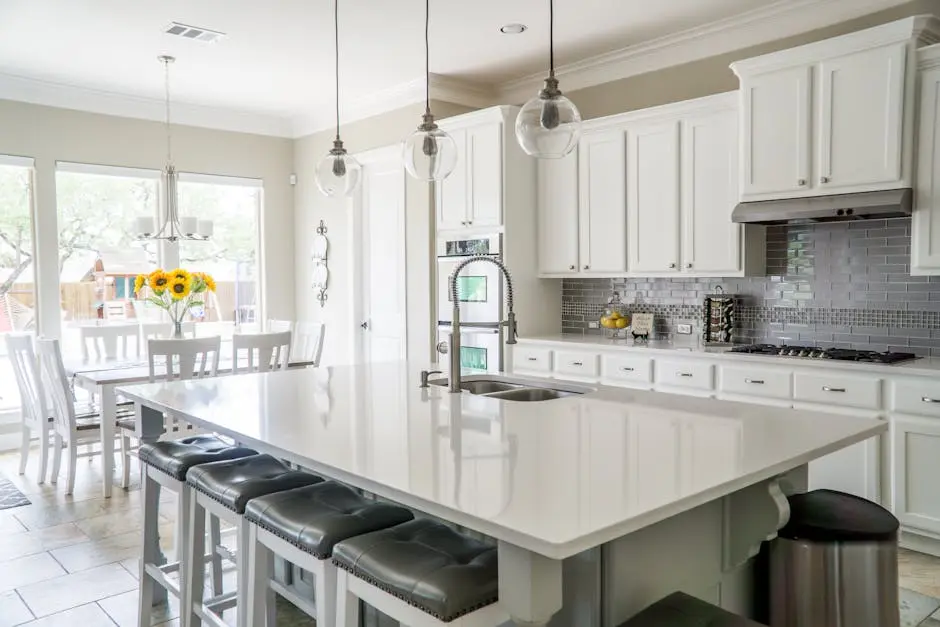How Design Build Enhances Functionality and Style in Interiors
Design build is revolutionizing the way we approach interior spaces, bringing together elements of practicality and aesthetics to create harmonious environments. In this blog, we’ll explore how design build enhances both functionality and style, and why it’s becoming a popular choice for those looking to transform their homes and offices.
Understanding the Design Build Concept
Before diving into how design build enhances interiors, let’s first understand what this concept entails. Design build is a project delivery method that combines design and construction services under one contract, allowing for a more streamlined and efficient process.
The essence of design build lies in its collaborative nature, which fosters innovation and flexibility. In traditional methods, design and construction are often separated, leading to potential miscommunications and delays. However, with design build, both the designer and builder work hand-in-hand from the project’s inception to its completion. This integrated approach not only saves time but also reduces costs and enhances the overall quality of the final product. By merging creative vision with practical execution, design build ensures that the project’s original intent is preserved while adapting to any changes or challenges that may arise during construction.
Creating Seamless Integration in Spaces
With design build, there is an inherent focus on integrating all elements of the space. This method ensures that design and construction are in sync, resulting in a seamless flow and connection between different areas, enhancing both functionality and aesthetic appeal.
One of the standout features of the design build method is its ability to create harmonious living and working environments. For instance, open-plan living spaces, which seamlessly integrate kitchens, dining areas, and living rooms, allow for greater interaction and flexibility. By having a unified team working on the project, all components are considered collectively, ensuring that structural elements and finishing touches complement each other perfectly. Such integration is vital for crafting spaces where each room or area naturally leads into the next, reflecting a cohesive design theme throughout the space. This unification not only enriches the space aesthetically but also optimizes its functionality, ensuring that each area serves its purpose effectively.
Moreover, the design build process allows for real-time adjustments and collaborative problem-solving, which is especially beneficial in complex projects. For example, when expanding a home or office, the team can efficiently address potential challenges, such as structural limitations or zoning regulations, without compromising the overarching design vision. This integrated approach fosters a dynamic interaction between design and construction, ensuring that potential roadblocks are swiftly navigated, and the final result reflects the initial creative aspirations. Thus, integrating structural and stylistic elements truly transforms interiors into cohesive and functional works of art.
Customization to Suit Personal Taste
One of the major advantages of the design build approach is its ability to offer customization that matches personal preferences and style. This personalized approach ensures that every detail, from the layout to the finishing touches, reflects the individual taste and functional needs of the client.
In the realm of interior design, the ability to customize every aspect of a space is a significant advantage. Design build enhances this process by allowing clients to be more involved in the decision-making stages, ensuring that their personal style is reflected in the final design. For example, someone interested in incorporating sustainable materials or specific color schemes can see these preferences materialize seamlessly within the space’s architecture and furnishing. By having the design and construction teams collaborating, modifications can be made along the way, allowing the final product to accurately embody the client’s vision. This level of personalization is only achievable through the cohesive teamwork inherent in the design build process.
Moreover, design build projects cater to the diverse needs of various clients, from young families needing child-friendly spaces to professionals seeking a home office designed for productivity. By tailoring each element, including lighting, furniture, and layout according to individual requirements, design build enhances both the functionality and personalization of interiors. This comprehensive customization makes each space unique, fostering a sense of belonging and comfort that is crafted to meet the specific needs of those who occupy it.
Maximizing Space Utilization
Design build is particularly effective in maximizing space utilization. By considering both the design and construction phases concurrently, every inch of the space is thoughtfully planned, ensuring that the functionality of each area is optimized without sacrificing style.
In modern living, making the most out of available space is crucial, particularly in urban areas where square footage may be limited. The design build approach excels in transforming small areas into functional, aesthetically pleasing spaces. Through clever design strategies, such as multifunctional furniture and smart storage solutions, even the most compact environments can become comfortable and inviting. By having an integrated team, the design and construction processes are finely tuned to make use of every available inch, delivering spaces that are both practical and stylish. This efficient use of space not only addresses immediate needs but also allows for future modifications and enhancements, ensuring longevity and adaptability.
Furthermore, sophisticated design build projects often incorporate innovative technology to enhance space utilization, such as smart home systems and energy-efficient features. These cutting-edge solutions contribute to a high degree of control over environmental conditions, improving the comfort and efficiency of each space. As technology continues to advance, the incorporation of smart systems within the design build framework ensures that interiors remain at the forefront of modern innovation, creating spaces that are not only beautiful and functional but also future-proof.
Incorporating Modern Design Trends
Staying on top of design trends is crucial for any interior project. The design build approach allows for the easy incorporation of contemporary trends, ensuring that the interiors remain stylish and up-to-date while still meeting practical requirements.
In the fast-paced world of interior design, trends evolve rapidly, and the design build methodology is adept at integrating these trends seamlessly. Whether it’s the minimalist aesthetics of Scandinavian design or the bold colors of contemporary art deco, this approach offers the flexibility needed to keep spaces trendy. A design build project may include plans to incorporate features such as open shelving or eco-friendly materials that reflect the latest in sustainable living. With the builder and designer working collaboratively, these elements can be seamlessly integrated, ensuring that the final design remains relevant and resonates with current styles and customer preferences.
Moreover, the design build process is not just about following trends; it’s about understanding the client’s unique preferences and incorporating them into the latest design movements. By analyzing emerging design philosophies and technologies, such as smart home innovations, the design build approach can create spaces that are not only aesthetically pleasing but also functional and future-oriented. This adaptability ensures that the space will remain stylish and practical for years to come, demonstrating how design build effortlessly marries trend-conscious design with enduring functionality.
Embrace the Design Build Approach for Beautiful and Functional Interiors
Design build is not just a trend; it’s a smart approach that aligns functionality with style in interiors. By opting for a design build process, you can achieve a cohesive look that suits your lifestyle and preferences. It’s about time to embrace this integrated method, whether you’re designing a home, office, or commercial space, to ensure a well-balanced and beautiful environment.

